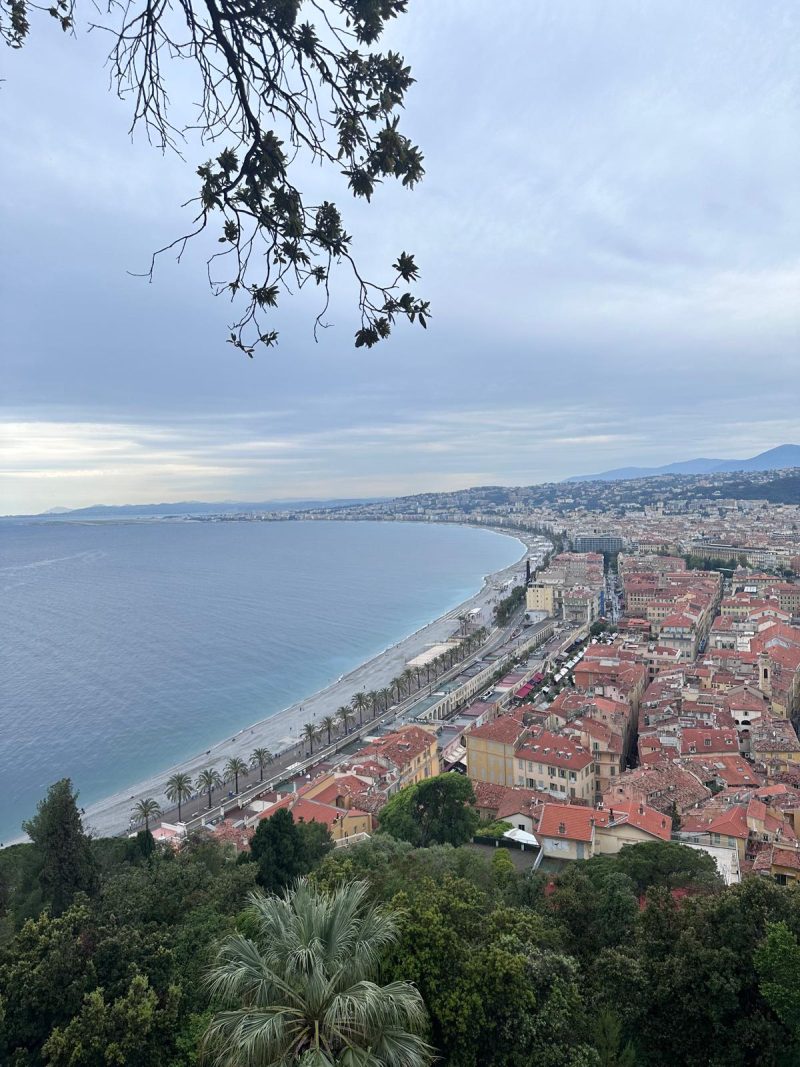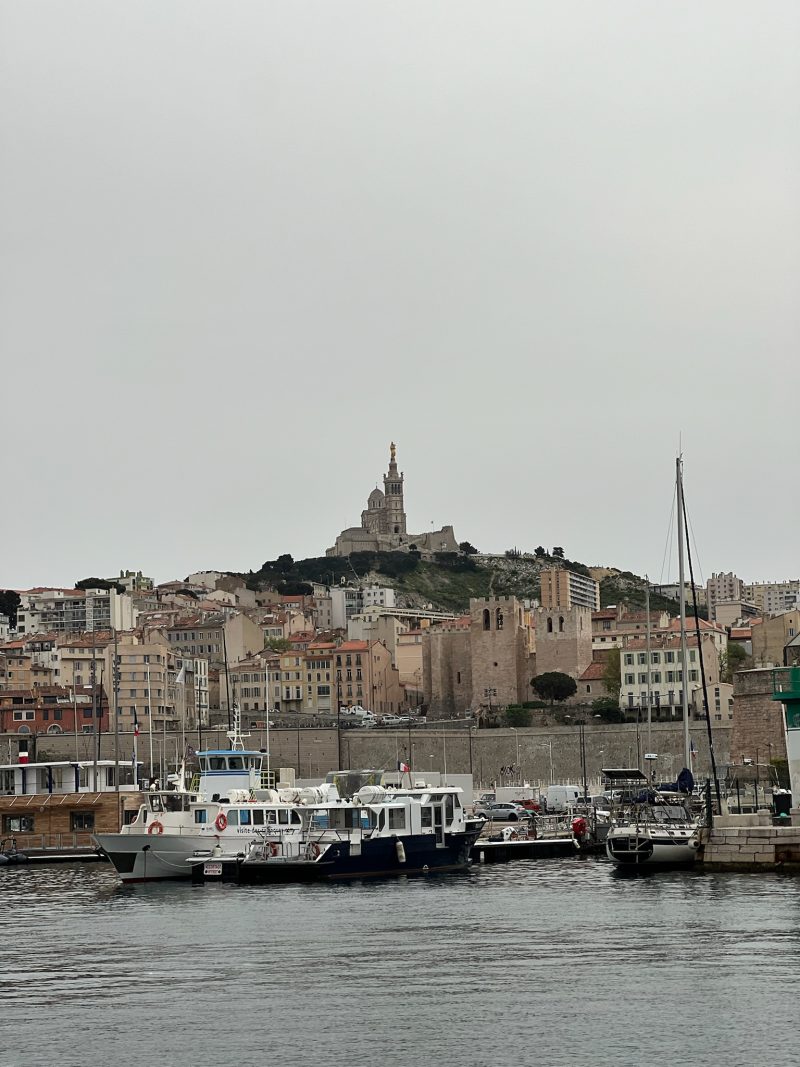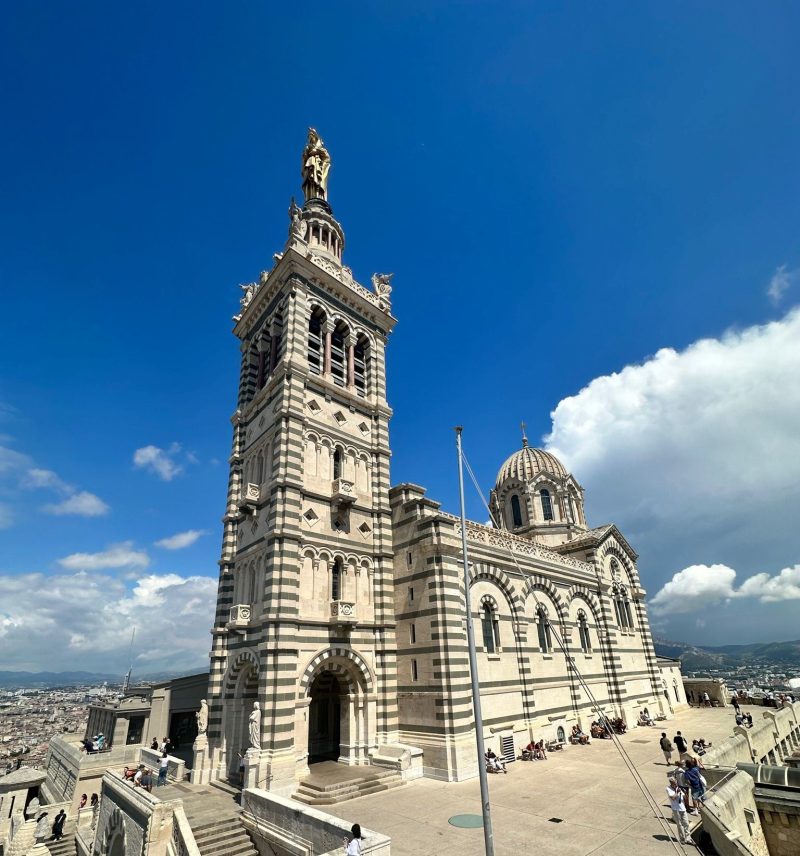Nice
Promenade des Anglais
A famous waterfront promenade stretching along the Baie des Anges, lined with palm trees, cafes, and beaches. It’s ideal for walking and cycling.

Vieux Nice (Old Town)
A charming area with narrow streets, colourful buildings, lively markets, boutique shops, and local eateries. Don’t miss the Cours Saleya market for flowers, produce, and antiques.
Colline du Château (Castle Hill)
A park located on a hill overlooking Nice, offering panoramic views of the city, the Bay of Angels, and the Alps. It’s a great spot for picnics and relaxation.
Musée Matisse
A museum dedicated to the works of artist Henri Matisse, located in a 17th-century Genoese villa. It features a collection of paintings, drawings, and personal items.
Cours Saleya Market
A vibrant market square in Vieux Nice, known for its fresh produce, flowers, local delicacies, and crafts. It’s a lively place to experience the local culture.
Russian Orthodox Cathedral
A striking cathedral with colourful onion domes, located near the Promenade des Anglais. It showcases Russian religious art and architecture.
Musée Marc Chagall
A museum dedicated to the works of artist Marc Chagall, featuring his biblical-themed paintings, stained glass windows, and sculptures.
Place Masséna
The main square in Nice, surrounded by neoclassical buildings, shops, cafes, and the Fontaine du Soleil. It hosts events, concerts, and the annual Nice Carnival.
Castle of Nice (Château de Nice)
Ruins of a medieval castle situated on top of Castle Hill, offering panoramic views of Nice and the Mediterranean Sea. It’s accessible via a scenic walk or elevator.
Musée d’Art Moderne et d’Art Contemporain (MAMAC)
A museum showcasing modern and contemporary art, including works by artists like Andy Warhol, Yves Klein, and Niki de Saint Phalle.
Hyeres
South West of Nice is Hyeres, a settlement here dates back to the Phoenicians of 4th century BCE, who were displaced by the Hellenistic Greeks, then the Romans. Later it became the property of the Viscount of Marseilles, before the incorporation of Provence into modern France. The best of Hyeres is concentrated in the partially walled Vielle ville (old town) and the gardens that sprawl above it, alluring of all are the Iles d’Hyeres three offshore sirens also known as the Iles d’or (Islands of gold).
Marseille
Basilique Notre-Dame de la Garde
A stunning basilica located on a hilltop overlooking Marseille. It offers panoramic views of the city, the Mediterranean Sea, and the islands.


Le Panier
Marseille’s oldest neighbourhood, characterized by narrow streets, colourful buildings, street art, galleries, and boutiques. It’s a vibrant area with a bohemian atmosphere.
Château d’If
A fortress located on the island of If in the Bay of Marseille. Made famous by Alexandre Dumas’ novel “The Count of Monte Cristo,” it’s accessible by boat from the Vieux-Port.
Musée des Civilisations de l’Europe et de la Méditerranée (MuCEM)
A modern museum dedicated to Mediterranean civilizations, located near the Vieux-Port. It showcases exhibitions on art, history, and anthropology.
Les Calanques
A series of stunning limestone cliffs and turquoise coves stretching from Marseille to Cassis. You can hike, swim, or explore these natural wonders.
Palais Longchamp
A grand 19th-century monument housing the Musée des Beaux-Arts (Fine Arts Museum) and the Muséum d’Histoire Naturelle (Natural History Museum).
La Corniche
A scenic coastal road running along the Mediterranean Sea, offering picturesque views, beaches, and seafood restaurants.
Cathédrale de la Major
A monumental cathedral built in the 19th century in a Byzantine-Roman style. It’s located near the Vieux-Port and is known for its ornate interior.
Fort Saint-Jean
A historic fort located at the entrance of the Vieux-Port, now connected to MuCEM via a footbridge. It offers exhibitions, gardens, and views of the port.
Lyon
North of Marseille is Lyon, founded by the Romans in 43BCE; Lyon’s UNESCO-listed centre has well preserved layers of history in its compact suburbs. The slopes of Fourviere have medieval thoroughfares, Vieux-Lyon is a Renaissance jewel and the hilltop suburb of Croix-Rousse is famed for its 19th century canuts (silk workers houses) built when Lyon was a powerhouse of silk weaving. Lyons bouchons rustic restraints serving hearty Lyonnaise dishes – are a legacy of its blue collar heyday and the city’s unique food heritage is one of the reasons why Lyon is often described as France’s gastronomic capital.
Lyon lays claim to the best food scene in France. In 2019, Lyon opened the cite de la Gastronomie a first of its kind, 4000 sq. m cultural space devoted to food and located inside a 15th century former hospital. The surrounding region at the foot of the Alps is renowned for its Beaujolais and cotes du Rhone producing Terroir.
You can weave through Lyons traboules secret passageways in the historic Vieux-Lyon and Croix-Rousse districts, once used by silk workers to transport textiles.
